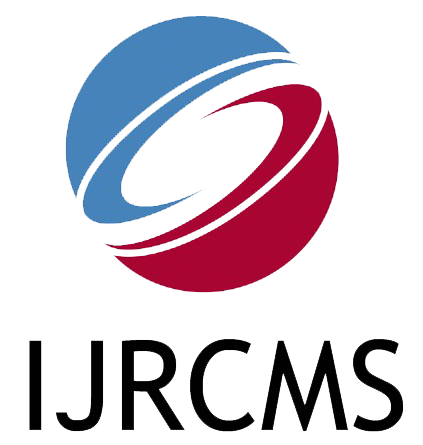| Title: MANAGEMENT OF FARM INDEBTEDNESS IN IDUKKI DISTRICT |
| Author: Dr. Asha T Jacob |
| Abstract: Agriculture occupies a superior place in the economy of every country. Majority of the rural agrarian households in Idukki generally incur bad debt and is a stumbling block to the well-being of the members of the borrowing households due to small land holdings, high cost of living and the prevailing agrarian distress. The extensive review of the literature reveals that there have been no serious studies carried out in Kerala, particularly in Idukki covering the aspect of- magnitude of debt, sources of borrowings, and the debt management strategies practiced by the households. Many farmer suicide cases have also been reported from Kerala especially, Idukki district. The successful debt reducing strategies help in the understanding and the monitoring of farm indebtedness. The present study ‘Management of farm Indebtedness in Idukki District’ is aimed to solve the burning issues of the distressed farmers and assumes enormous significance as it seeks to fill the existing research gap too. The study is based on primary data collected from 100 farmer households located in two panchayaths of Idukki, viz., Rajakkad and Santhanpara using a structured interview schedule. The analysis of the data was performed using both the descriptive statistical tools such as tables, graphs, and numerical summary measures like mean, median, standard deviation, skewness and kurtosis and a few inferential statistical methods as chi-square test. The findings reveal that more than two-thirds of the farmers’ total debt from the commercial banks, distantly followed by SHG and friends & relatives. It may be noticed that more than 80 percent of the debts of farmers are from the institutional sources; and the contribution of the NBFCs and money lenders in this regard is negligible. It is an index of development and financial literacy of the people in Idukki. The debt management strategies practiced by the farmers under six factors suggested that the four strategies, viz., ‘debt service planning’, ‘interest rate monitoring’, ‘careful avoidance of late payment consequences’ and ‘debt prioritisation’ were relatively more effective than the other two strategies of ‘asset management’ and ‘acquisition of financial literacy’ |
| Keywords: Farmer indebtedness, sources of borrowings, magnitude of borrowings, and debt management strategies. |
| DOI: https://doi.org/10.38193/IJRCMS.2025.7233 |
| PDF Download |
| Date of Publication: 25-04-2025 |
| Download Publication Certificate: PDF |
| Published Vol & Issue: Volume 7 Issue 2 March-April 2025 |
International Journal of Research in Commerce and Management Studies (IJRCMS)
ISSN 2582-2292, An open access bi-monthly e-journal
